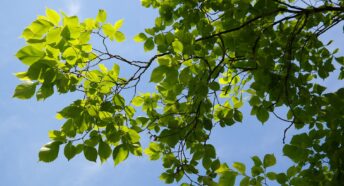Logs brought into city kill Brighton & Hove’s precious elms
Take simple steps to protect historic trees from deadly disease, campaigners plead.

Campaigners have called for everyone to take simple steps to protect Brighton & Hove’s historic elms after suspected log pile infections caused dozens of trees to be felled.
Logs and timber containing elm can carry the fungus and elm bark beetles that spread deadly elm disease. Recently, 60 trees in Peacock Lane and nine trees near Seven Dials were lost to suspected log pile infections.
CPRE Sussex director Paul Steedman said: “Elm disease has devastated elms across the world making Brighton & Hove’s trees, including the National Elm Collection, even more valuable. However, logs brought into the city are now killing much-loved street trees and threatening years of careful management. We urge everyone to think about the logs and timber they are buying and take simple steps to protect our elms for future generations.”
To help protect Brighton & Hove’s elms:
- Make sure the logs you are buying are not elm. Ash, maple, apple and birch are all fine.
- Buy from a reputable dealer. Ask what kind of wood your logs are and where they are from.
- Do not be tempted to buy cheap wood from outside the city where infection is rife.
- If you have a log pile which you are worried might contain elm, contact the council to have it inspected.
If an elm on or near your property is damaged or has fallen call the council to collect and dispose of it safely.
Over the past five years hundreds of trees in Brighton & Hove have been lost to elm disease.
Recent calculations show controlling the spread of elm disease now will save Brighton & Hove more than £39 million in the long term.
As well as urging everyone to do their part, the council is also looking at how to stop wood coming into the city from unprotected areas. Further restrictions on the movement of logs and timber with bark on are also being raised with Defra and in Parliament.







